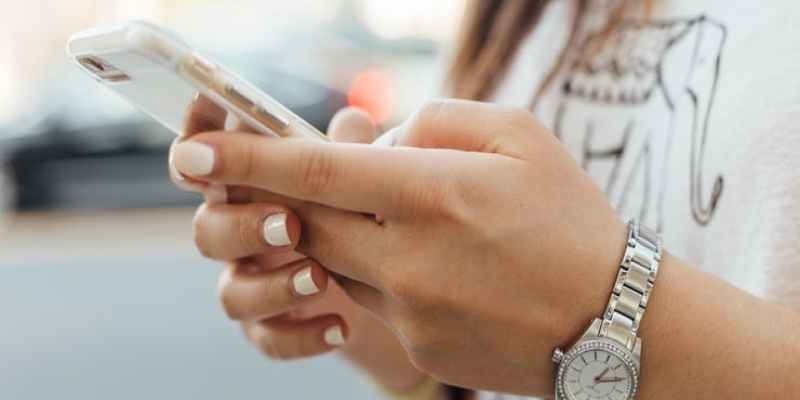iPhone Malware: What To Do
- 2019-04-15 13:25
- 1571

From my experience, gadgets stop being safe the very moment you unpack them. When they say iPhone is safe, I just giggle: once I was hit with it, and it was a perfect headshot. iPhone 4S didn’t even get hurt, unlike my forehead. Got you interested? Well, I meant another sort of safe: malware.
I could speak here a lot on liberal or statist ideology, but, in fact, owning an iPhone along with Moto Z makes me a paradox adherent of both. As for iDevices, they are even more overprotected than Britney Spears used to complain. Yes, it grants safety in most situations, but there are always chances you make the rarest exception.
Personal Responsibility and Bad Luck
Though I hear less about jailbreak each year, as fewer people need it, it’s still popular. Some of my friends were into it while being poor students; as soon as they got employed, they found it easier to pay for apps and services and save their time for more profit. But some still do; not for saving’s sake, but for pure interest and curiosity. And sometimes they install apps that can’t be found in the App Store at all.
These experiment makers are at risk, because jailbroken iPhone is a sort of Russian roulette or unsafe visit to a certain sort of entertaining house. Any app can be the bullet.
But those who wisely avoid any piracy and feel good with factory settings can’t feel safe either. The chance a piece of malware infiltrates into App Store is extremely low, but never zeroed. So read this too.
How it Feels
There is a list of symptoms you must feel cautious about. If any of these happens, check your device immediately.
- Your money leaves. No matter if it’s your phone billing, or a credit card activated in Apple Wallet, or a standalone app with coupons and rewards; if your money disappears, it may be malware.
- Your battery drains too soon. There must be some background process that consumes extra energy, say, for mining cryptocurrency.
- The phone sends emails and texts you can’t remember. Some of them may be more private than you can afford.
So, what to do about that? There are typical actions that help to recover your safety.
What to Do About Malware
1. Check your Safari settings and clear its cache. Due to Apple’s policy, malicious apps are extinct in-store, but active web elements are way more dangerous. If some of them operate in the cache, the results as above may follow.
To clean the cache:
- Go to Settings;
- Select “Safari”
- Find “Clear History and Website Data”
- Confirm by tapping “Clear.”
To be surer than ever, you may even restart your iPhone after that, but that’s not necessary.
2. If the problems started after you installed some particular app, try to delete it and live without it for a while. The right diagnosis will swipe them away along with the wrong app. It’s especially crucial for these jailbreak experiment makers. Curiosity is good, but having your nose where it belongs is good too.
3. If none of the above helps, restore your phone from the backup. Make sure you have saved all the data you need, like your passwords, accounts, or important content from your texting. Restoring will remove everything you’ve installed yourself, so you’ll need to reinstall apps, reenter logins and passwords, and recopy music and movies if they aren’t saved in iCloud. Yet this way you’ll get rid of all problems.
Well, it’s much easier than on Android, and you’ll probably need it rarely. But you better know what might help before you actually need it. As for me, I only needed it once, and clearing cache worked. But, after all, what can we be sure about unless prepared?





Leave a comment
Your comment is awaiting moderation. We save your draft here
0 Comments